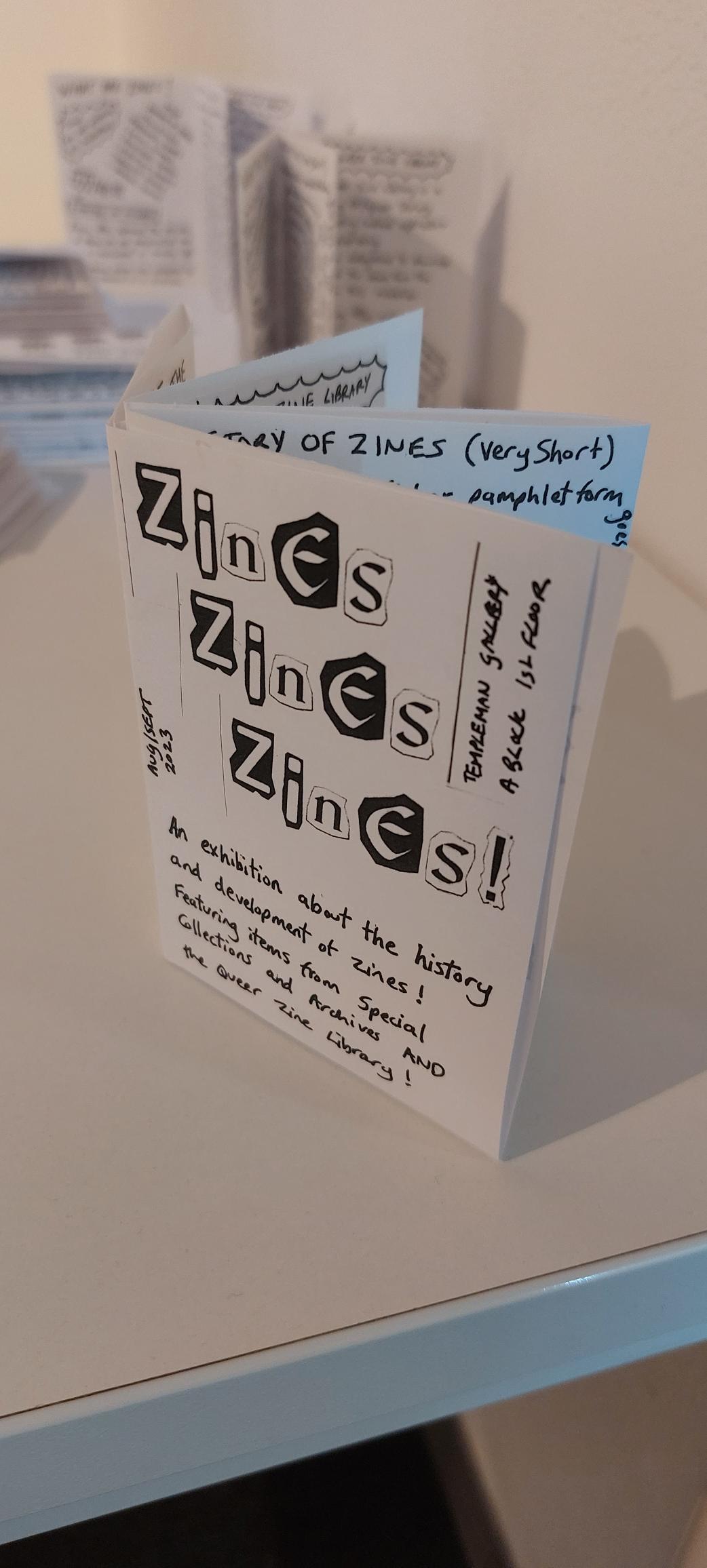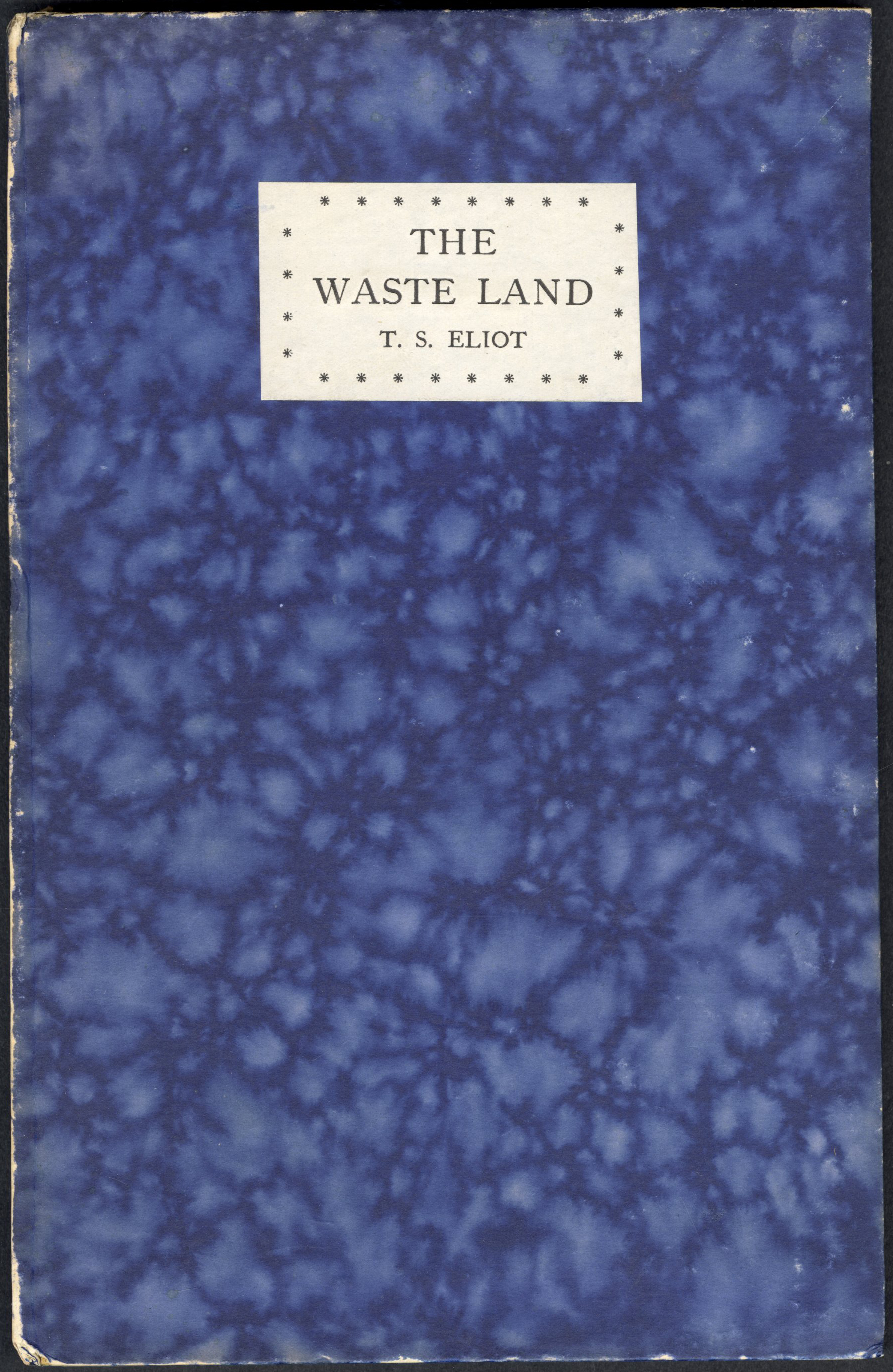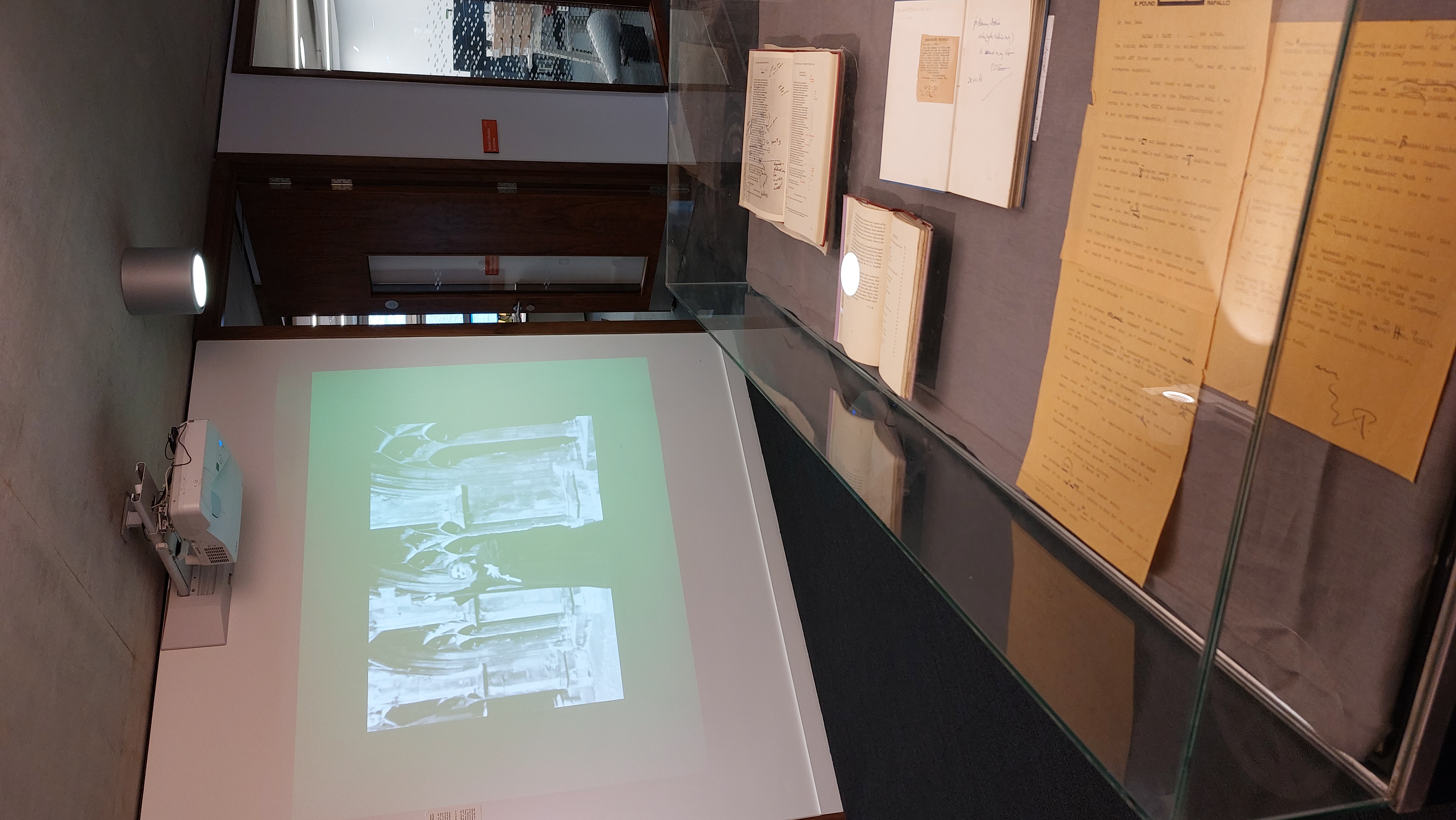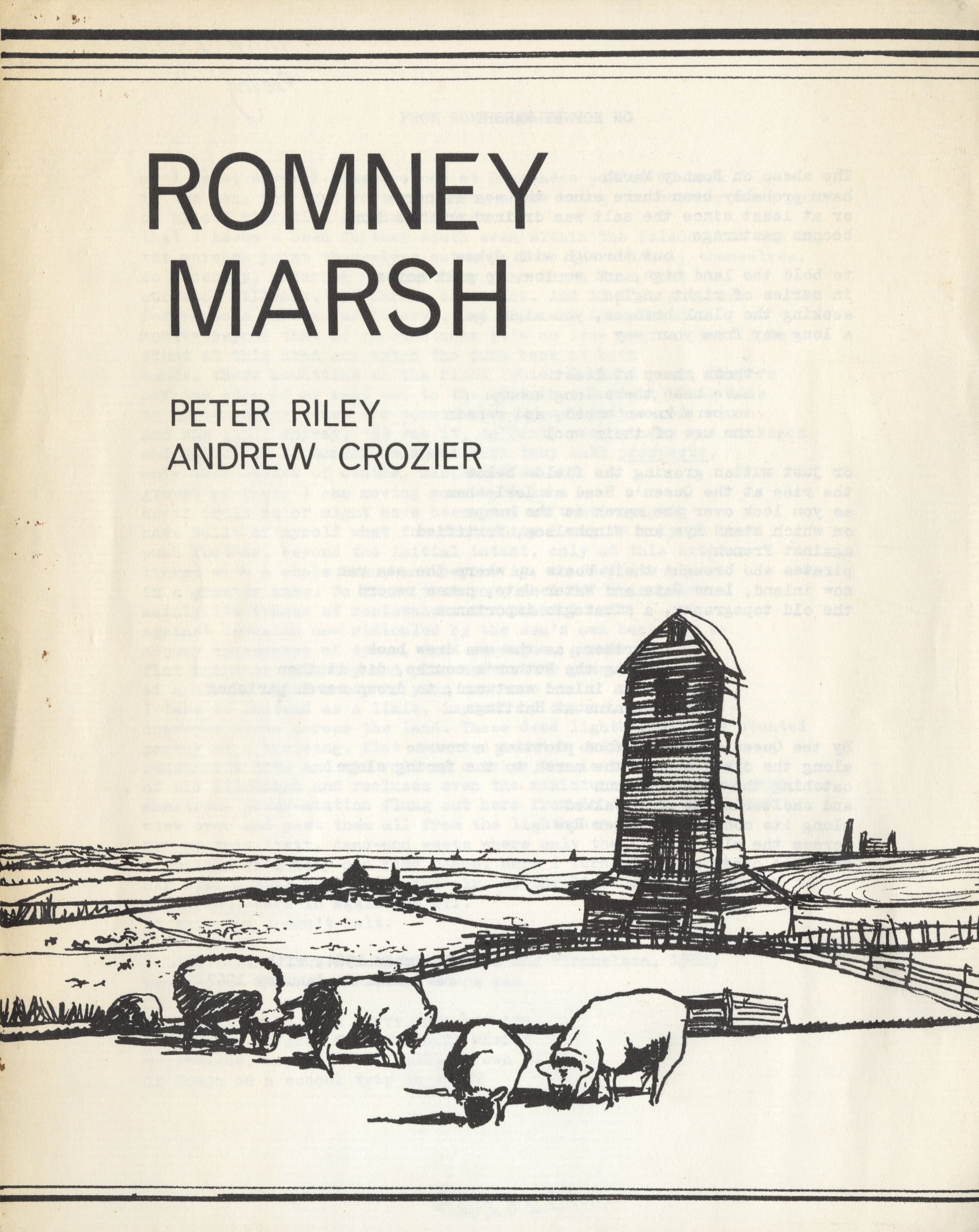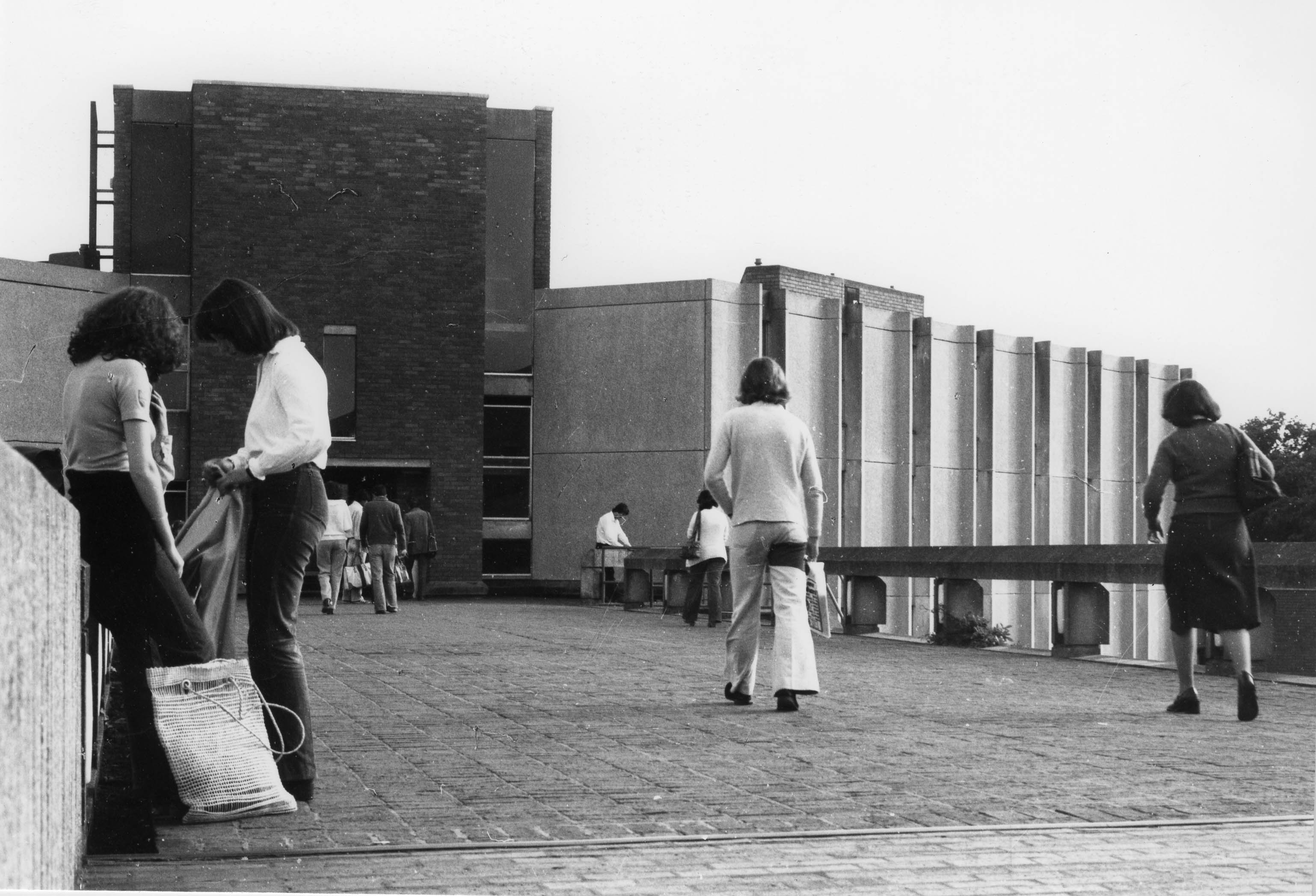Come and see our new exhibition in the Templeman Gallery about the history and development of zines, and featuring zines from the Queer Zine Library – which will be up throughout September 2023.
What are zines?
Zines are do-it-yourself publications – often in the form of photocopied booklets. They are either unique items or have a limited number of copies in circulation. They are cheap to make, require no particular skills to create, and have hugely varied content including art, poetry, cartoons, collage, interviews and commentary. The history of zines is rooted in radical political self-publishing and provide an opportunity for expression of views and perspectives outside of the mainstream press.
What is in the exhibition?
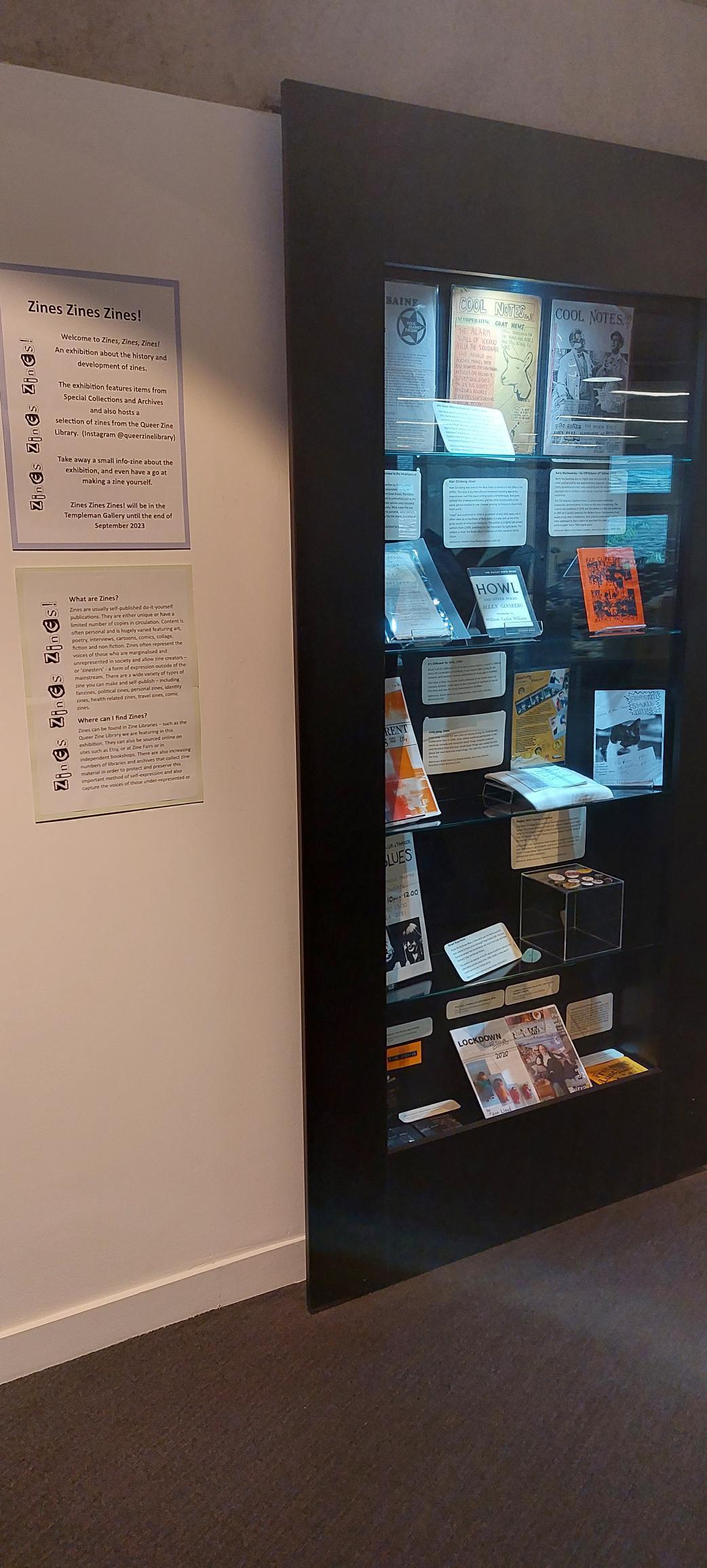
Display of zines and small press publications from Special Collections and Archives that highlight the history of zine making and self publishing.
The exhibition features examples of zines and small press printing selected from across our collections in Special Collections and Archives – including from the British Stand-Up Comedy Archive, the Modern Firsts poetry collection, examples from our artists’ books collection, and our new zine archive donated and collated by Dan Thompson.
These zines provide examples from across the history of zine making from early 18th century pamphlets (such as ‘Common Sense’ by Thomas Paine) to Beat Poetry in the mid 20th century to zines created by comedian Josie Long in her Kindness and Exuberance tour in the 2000s.
We are also delighted to host a selection of zines from the Queer Zine Library – a mobile DIY library celebrating radical LGBTQIA+ zines and self–publishing. With huge thanks to Holly Callaghan, one of our amazing Divisional Liaison Librarians, who organised the loan of the material from the Queer Zine Library and provided the captions about each item on display.
And finally, we are also delighted to feature some beautiful and moving examples of artists’ books created by participants in the Open Book project, a book-making project organised by the Canterbury Festival offered to those living with dementia to express their experiences both visually and through text. With thanks to Amanda Sefton Hogg at the Canterbury Festival for providing these examples from the project to include in the exhibition.
Get a Free Zine and Make Your Own!
You can pick up a free info-zine about the exhibition, and even have a go at making a zine yourself at the making station. We can’t wait to see your creations! You can share a picture with us by emailing specialcollections@kent.ac.uk.





